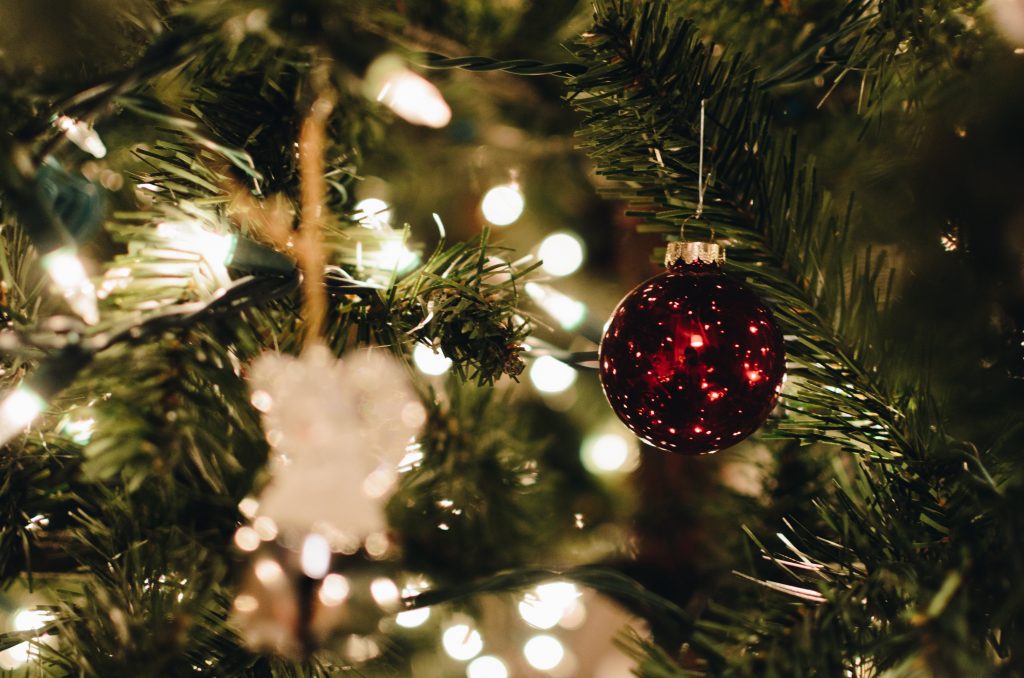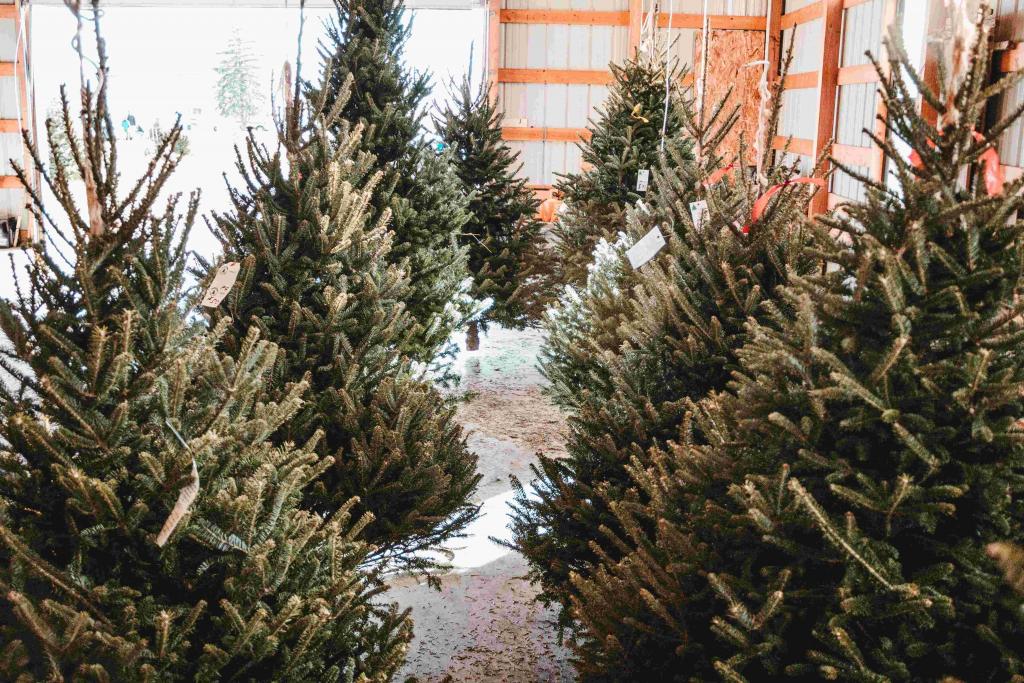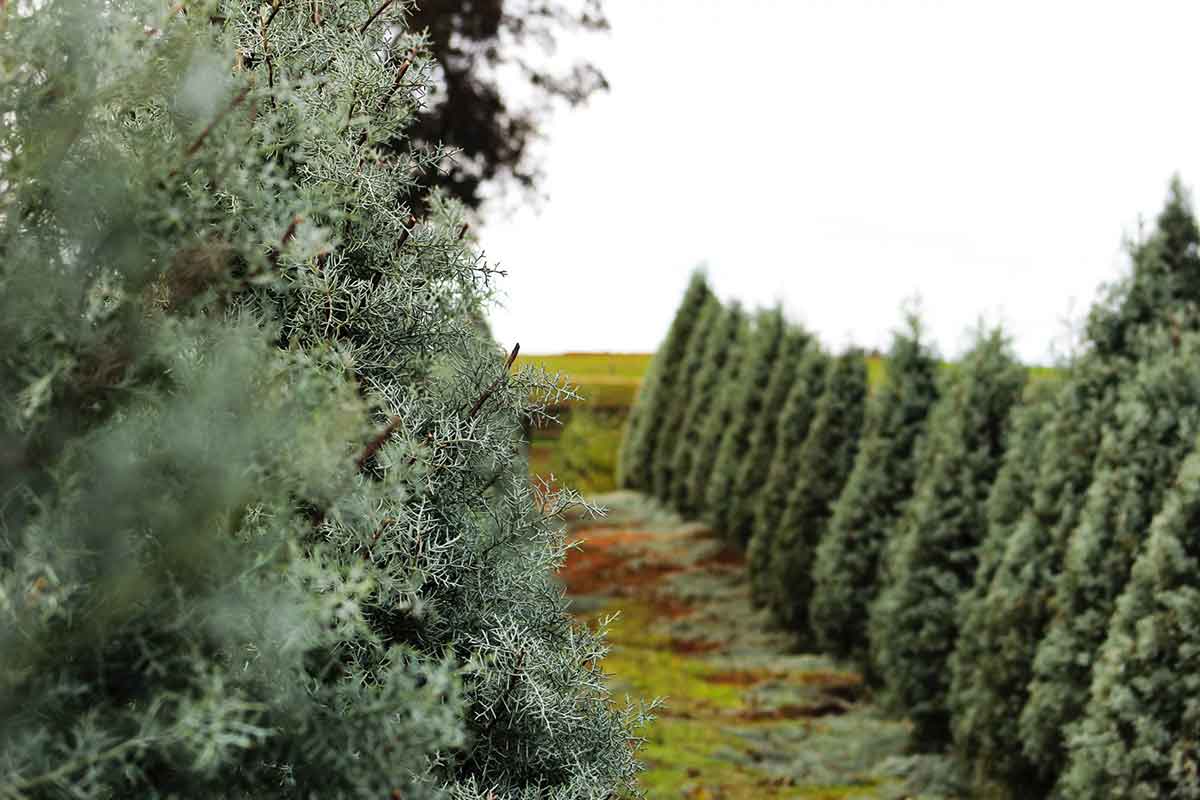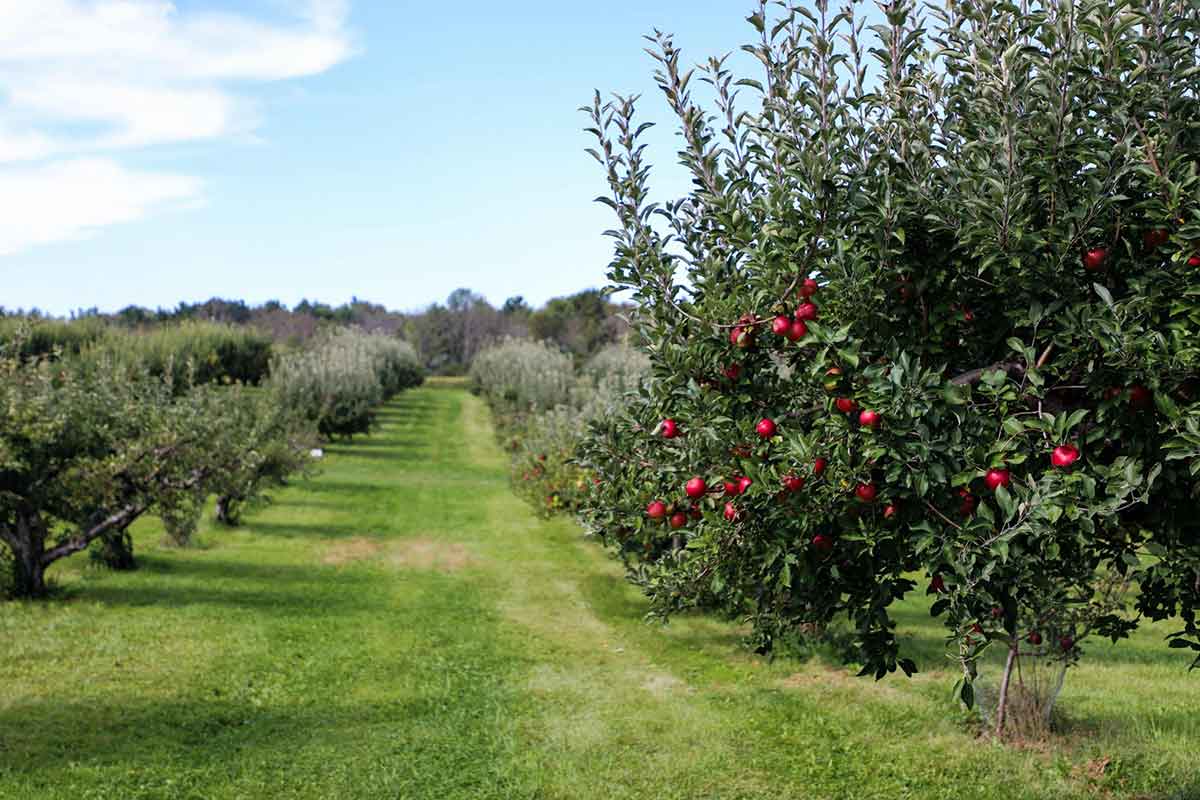Despite the advent of synthetic trees, many British households still opt for a real Christmas tree to decorate their home. Whether for your own home, or to diversify your farm produce, this article looks at growing Christmas trees from seed to sitting room.
Fir Tree Farming
Farming fir trees for the Christmas season can be an excellent way to diversify a farm, as fir trees require almost no maintenance, apart from shaping. However, be aware that a seed will take about 10 years to reach 6 feet, though a young tree will be faster. The first decision you will need to make is which species of tree you want to grow.
The traditional tree is the Norway spruce (Picea abies), which has a beautiful scent but is quick to drop its needles and slow to grow. The Fraser fir (Abies fraseri) is very similar to the Norway spruce but retains its needles much longer. Also good at retaining its needles, the Nordmann fir (Abies nordmanniana) has darker colouring, and reaching heights of up to 61 metres, this tree is perfect for larger spaces. For more unique colour options, there are the Blue spruce (Picea pungens), and the White fir (Abies concolor). The Balsam fir (Abies balsamea) is the ideal choice for potted Christmas trees.
If you want to grow from seeds, it is recommended to soak fresh fir seeds in water and chill in freezer before planting. A more expensive but quicker option is to buy young firs. Be sure to plant them one metre apart, in gritty, level, well-drained soil, free from weeds that may adversely affect the trees. A good rotovator and a landscape rake to achieve this are available from Farm Tech Supplies. A post hole borer will also be useful to protect against rabbits and deer.
Fir trees will take about 10 years to mature from seedlings so you will need to have several stages of tree growth in order to have stock for every year. However, fir trees are low cost and low maintenance, so if well-planned and tailored to your local area, they are profitable.

DIY Christmas Tree
When growing your own tree, planting a seed is obviously the cheapest way to do it. However, this does mean you will not benefit from it for several years. For time reasons, a young tree is the best option.
A tree that start growing in a pot from the beginning live longer and are easier to replant. This is because their roots are intact, unlike trees that have been dug up and potted. Make sure to ask about this before buying your tree. Buying a young tree can be a bit expensive, but you can reuse the tree for several years so in the long term it is economic.
To make it easier to bring the tree into the house year after year, keep it in a pot all year round, replanting it when needed. Even out of the ground, fir trees are low maintenance, so set it in a sunny spot and make sure to water it regularly, more in the warmer days. During the Christmas season, bring the tree in as late as possible, ideally the weekend before Christmas. Keep it in a cool room, away from any heat sources, to reduce stress and prevent needles dropping. The tree should not be kept inside longer than 12 days but if the tree looks unhealthy, put it outside again.

Cut Trees and Their Uses
For some, it isn’t possible to keep a potted tree outside all year but they would still like a real tree. In this case, cut trees are an option. Like a potted tree, these should be kept away from heat sources, so the needles do not drop too soon. To get the best out of the tree and saw an inch off the bottom of the tree when you get it home. Place it in a stand with a well of water in the base. If the water is kept sufficiently topped up, the tree can last up to four weeks.
After Christmas, the dilemma comes of what to do with the tree. Most local authorities have drop-off points or special collections, so check with your council. If you have the space, why not shred the tree with a wood chipper, available from Farm Tech Supplies. This will create some of the best-smelling wood chips of the year, and provide some good soil topping.
For a particularly unique solution to what to do with your old Christmas tree, some zoos will accept them as donations for their animals. They can be good stimulation for the animals, from African elephants, to meerkats, to lions. Just make sure to ask your local zoo if they are accepting donations beforehand. Then the animals can enjoy your tree as much as you did.








